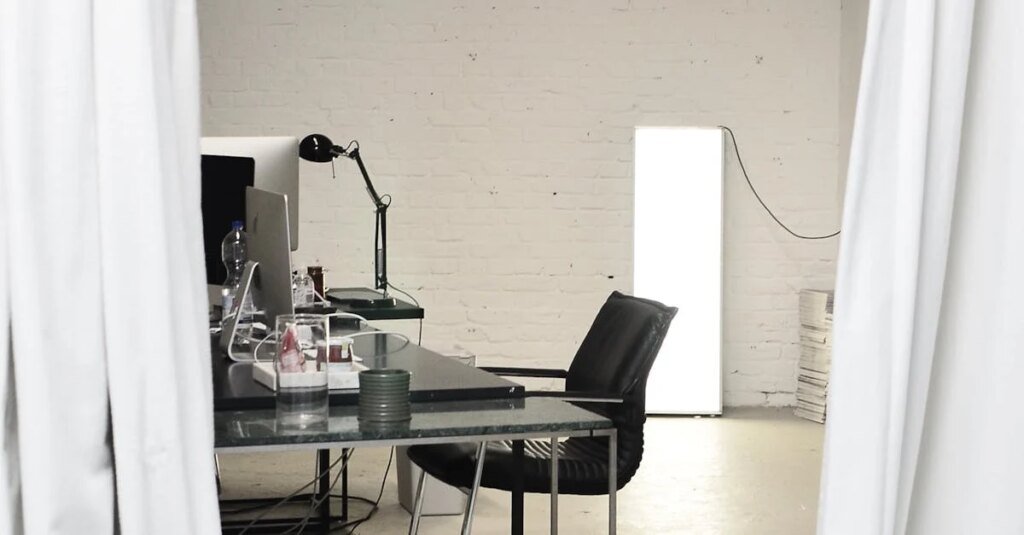Are you looking to breathe new life into your home? Mastering wall fillers can significantly enhance your spaces and add a personal touch to your decor. By honing in on the right techniques, you can transform empty walls into captivating displays. Not only does this create visual interest, but it also optimizes the use of your available space. Embracing innovative wall fillers allows you to showcase your style while cleverly maximizing functionality. From selecting the ideal Wall End Shelf ideas to understanding effective Wall End Shelf designs, the possibilities are truly endless.
Table of Contents
ToggleMain Points
- Understand the significance of wall fillers in home decor.
- Explore various Wall End Shelf designs that enhance functionality.
- Learn tips for successful Wall End Shelf installation.
Understanding Wall Fillers: Types and Their Best Applications
When it comes to achieving a flawless finish on your walls, selecting the right Wall End Shelf filler is crucial. Different types, such as plaster and joint compound, serve distinct purposes. For instance, plaster excels in covering larger imperfections effectively, while joint compound offers smooth application for smaller cracks. Understanding their unique characteristics helps ensure optimal results in your Wall End Shelf designs. Additionally, proper Wall End Shelf installation techniques further enhance the aesthetic appeal of your spaces. Always choose fillers according to the specific needs of your walls for lasting satisfaction.
Step-by-Step Guide to Preparing Your Walls for Filler Application
Preparing your walls for filler application is essential for achieving a smooth, professional finish. Start by cleaning the wall surfaces. Any dust or grease remnants can compromise adhesion. Next, explore for cracks or imperfections. Use a scraper to remove peeling paint or loose material. An important step is to sand the surface lightly, ensuring a good bond with the filler. Finally, prime the walls with a suitable primer. Proper preparation can transform your wall into a perfect canvas.
Essential Tips:
| Tip | Details |
|---|---|
| Wall End Shelf | Consider the purpose of your Wall End Shelf when planning repairs. |
| Priming | Never skip it; it vastly improves the finish. |
Techniques for Achieving a Flawless Finish: Tools and Tips
Achieving a perfect finish requires an understanding of both tools and methods. Start with high-quality wall end shelf brushes for precision. These tools help ensure every stroke contributes to a seamless result. Additionally, choose the right paint, as the finish can greatly vary based on formula. Apply thin, even coats, allowing each layer to dry thoroughly. Finally, don’t overlook the importance of lighting—evaluate your work in natural light to spot imperfections. Attention to these details will elevate your finish to professional standards.
Common Mistakes to Avoid When Using Wall Fillers
Using wall fillers can significantly enhance your interior design, yet many people make avoidable errors. Notably, underestimating the importance of surface preparation leads to uneven applications. Additionally, applying too much filler at once results in cracks, requiring excessive sanding later. Always consider the product’s drying time; impatience can hinder a smooth finish. Lastly, neglecting to use the right tools, such as a putty knife, can complicate the task. Keep these factors in mind for optimal results.
Key Mistakes
- Surface Preparation: Ensure walls are clean and dry before applying fillers.
- Over-application: Apply it in thin layers to avoid cracks.
- Improper Tools: Use a proper putty knife to achieve an even finish.
By recognizing these common pitfalls, you can improve your technique with walls and achieve a professional look effortlessly. Don’t forget, the right approach can make all the difference.
Lastly, remember the phrase: “A well-prepared wall is a happy wall” — this is especially true when it comes to using Wall End Shelf solutions effectively.
Enhancing Your Interior Design: How Wall Fillers Can Transform Your Space
Transforming your space often hinges on the little details, and wall fillers can play a significant role. Wall End Shelf solutions provide not only aesthetic enhancement but also functional benefits. These elements seamlessly integrate into existing décor while offering a unique canvas to display your personality. Additionally, they can create a sense of depth in any room, making it feel more inviting. By thoughtfully selecting Wall End Shelf options, you effortlessly elevate your interior design, proving that practicality and style can coexist harmoniously.
Related content:
The Art of Waypoint Cabinetry Design
Conclusion
In conclusion, embracing the concept of Wall Fillers can significantly enhance our living spaces. These elements bring a unique charm and personality to our walls, transforming them from mere backgrounds into focal points. As we explore various styles and designs, we discover the endless possibilities that wall fillers offer. They enable us to express our creativity and create a warm, inviting atmosphere at home. Ultimately, integrating wall fillers can lead to a more vibrant and cohesive environment, enriching our daily experiences and interactions within these spaces.
Frequently Asked Questions
What are wall fillers?
Wall fillers are materials used to fill in holes, cracks, and imperfections on walls prior to painting or wallpapering. They help create a smooth surface for a better finish.
How do I choose the right type of wall filler for my project?
The right type of wall filler depends on the size of the repair and the surface you are working on. For small cracks, you can use a lightweight filler, while larger holes may require a heavy-duty or quick-setting filler.
Can I use wall fillers on exterior surfaces?
Yes, but make sure to use fillers specifically designed for outdoor use, as they are formulated to withstand weather conditions and temperature changes.
How long does it take for wall filler to dry?
Drying time varies depending on the type of filler used and the environmental conditions. Most lightweight fillers typically dry within 1-2 hours, while heavier fillers may take longer, up to 24 hours.
Do I need to sand wall filler after it dries?
Yes, sanding wall filler after it dries is recommended to achieve a smooth finish that blends seamlessly with the surrounding wall.






